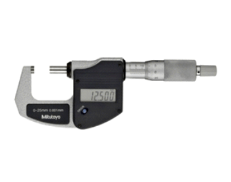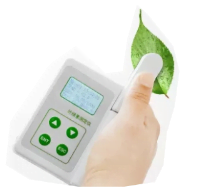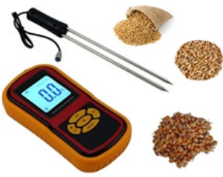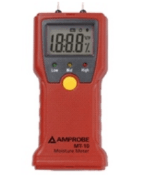Wide Range of Sensors and Inputs (in most models)Compatible with various sensors and can record data from temperature, humidity, pressure, light, voltage, and many other parameters (refer to specific model capabilities).
This table highlights the key functionalities and benefits of Data Loggers. It emphasizes their ability to record data automatically over time, work with a wide range of sensors and inputs (in most models), operate as standalone devices (in most models), have large data storage capacity (in most models), portability (in most models), battery power operation (in most models), data download and analysis capabilities, and applications in various fields like environmental monitoring, agriculture, building automation, scientific research, and industrial settings.
| Feature | Benefit |
|---|---|
| Automatic Data Recording Over Time | Continuously or at set intervals, data loggers record and store data measurements, enabling long-term monitoring and analysis. |
| Stand-Alone Operation (in most models) | Function independently without a constant computer connection, ideal for remote or field monitoring applications. |
| Large Data Storage Capacity (in most models) | Internal memory or external storage options (like SD cards) allow for storing large volumes of data collected over extended periods. |
| Portable Design (in most models) | Compact and lightweight for easy deployment in various locations, from environmental monitoring stations to research sites. |
| Battery Powered (in most models) | Operates on batteries, ensuring recording continuity even in areas without constant power supply. |
| Data Download and Analysis (via software or interface) | Data can be downloaded to computers using software or through a dedicated interface for further analysis, visualization, and reporting. |
| Applications in Various Fields | Used in a wide range of applications, including: |
|









